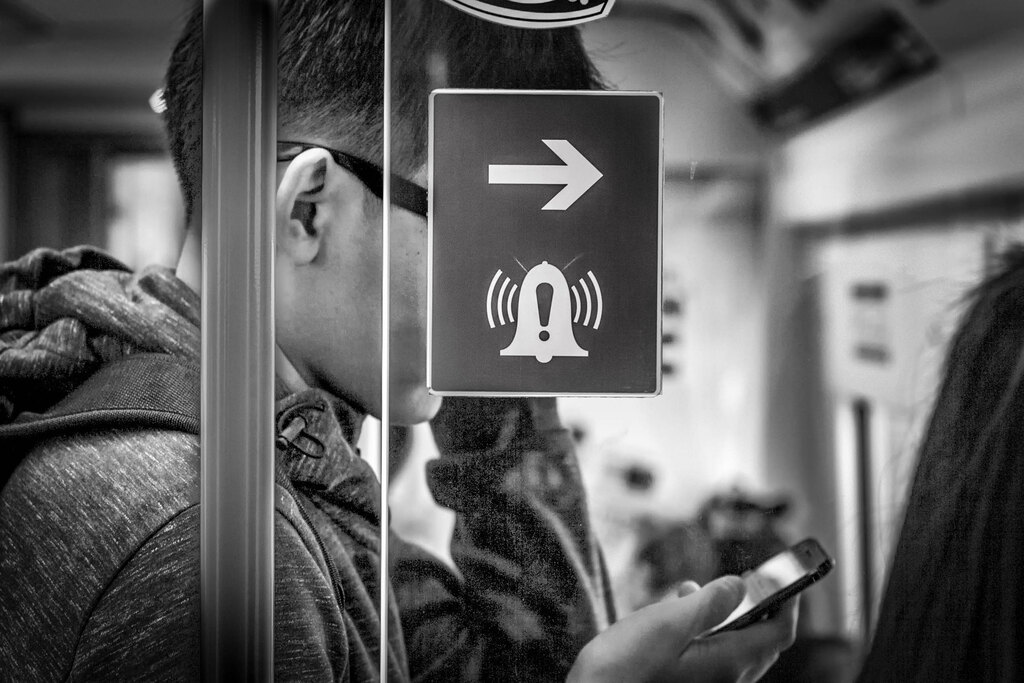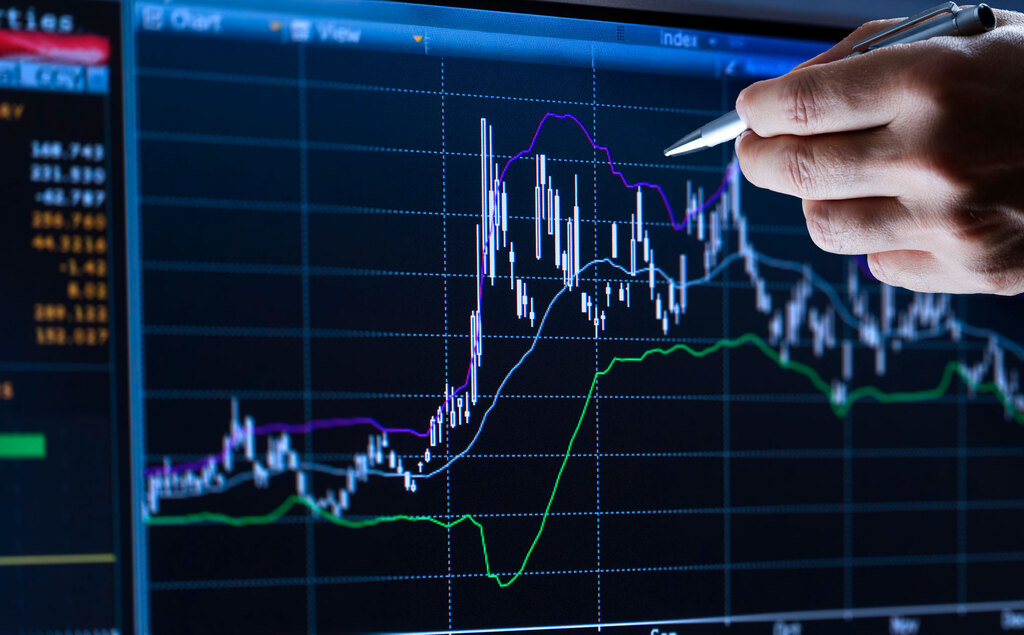Note: This website was automatically translated, so some terms or nuances may not be completely accurate.
Disaster Prevention DX as Seen in the Cabinet Office's Disaster Prevention 4.0: Learning from "Preventing and Supporting" Solutions to Advance Corporate DX
Japan, a nation frequently struck by natural disasters, has a high level of disaster prevention awareness, and various countermeasures have been implemented since ancient times. In recent years, the advancement of digital technology has accelerated the digital transformation (DX) of the disaster prevention field (Disaster Prevention DX). Why is disaster prevention DX progressing so rapidly, even as corporate DX often fails to gain traction as expected? This time, we examine disaster prevention DX from the perspective of "Can we find hints for succeeding with our own corporate DX within disaster prevention DX initiatives?" We learn approaches to corporate DX and catalysts for paradigm shifts from the insights offered by "preventing and supporting" solutions.
Can the Accelerating Disaster Prevention DX Become a Countermeasure Against Surging Natural Disasters?
Natural disasters are steadily increasing—major earthquakes like the Great East Japan Earthquake and their aftershocks, tsunamis triggered by earthquakes, typhoons, torrential rains, and more. Responding to this situation, the digital transformation of disaster prevention has advanced in recent years. Mechanisms for information sharing and evacuation support utilizing various ICT (Information and Communication Technology) are already being used in our daily lives, such as area alerts and emergency earthquake early warnings.
For example, Area Mail is a service that simultaneously delivers critical information to mobile phones within the coverage area of a specific base station. It uses dedicated lines, enabling immediate delivery even when communication lines used by general email services are difficult to connect. According to the Ministry of Internal Affairs and Communications' "Status of Information and Communication Equipment Ownership," the overall ownership rate of mobile devices (combining mobile phones, PHS, and smartphones) is 94.8% for households and 84.0% for individuals. Area Mail, capable of mass distribution to mobile devices with high population coverage, is an effective means of conveying information to as many residents as possible during emergencies like natural disasters.
Additionally, the Identification Confirmation System, developed shortly after the Great East Japan Earthquake to search for and view information on unidentified persons, can also be seen as part of disaster prevention DX. Immediately after a large-scale earthquake, the number of unidentified persons increases significantly. Therefore, various characteristics of unidentified persons are pre-registered in a database. When a user searches by inputting physical characteristics such as gender, height, hair color, or clothing and personal belongings, the system displays information like the discovery location, personal belongings, and autopsy location based on matching data.
The Cabinet Office's "Disaster Prevention 4.0" shifts focus from "someone else's problem" to "my own problem"

The disaster prevention DX introduced in the previous chapter is also actively supported by the government.
To combat all disasters, including natural ones, the Cabinet Office launched the "Disaster Prevention 4.0" policy in 2015. Officially named the "Disaster Prevention 4.0 Future Vision Project," it aims to encourage not only government but also individuals, communities, and businesses to proactively confront and prepare for disaster threats and risks.
The "4.0" version upgrade reflects how three major disasters served as pivotal turning points for disaster prevention measures: the 1959 Isewan Typhoon, the 1995 Great Hanshin-Awaji Earthquake, and the 2011 Great East Japan Earthquake.
The Isewan Typhoon (Disaster Prevention 1.0) led to the enactment of the Basic Act on Disaster Management. The Great Hanshin-Awaji Earthquake (Disaster Prevention 2.0) advanced the development of environments supporting disaster prevention activities by volunteers and self-organized groups. Furthermore, the Great East Japan Earthquake (Disaster Prevention 3.0) necessitated responses to a complex disaster involving earthquakes, tsunamis, and a nuclear accident. Now, with Disaster Prevention 4.0 declared, "Disaster Prevention DX" is being promoted, actively incorporating digital technology into disaster prevention.

Concrete initiatives under Disaster Prevention 4.0 include: - Using small observation satellites and drones for aerial photography to accurately grasp disaster situations in real time - Mapping damage conditions and evacuation center information onto digital maps to centralize data - Notifying the public about lifeline restoration via smartphone push notifications - Facilitating local information sharing through social media
One particularly accessible example is the AI disaster prevention chatbot "SOCDA" (Sokuda / Interactive Disaster Information Distribution Platform). SOCDA's platform utilizes the widely adopted communication tool "LINE." During disasters, affected residents can interact with the chatbot via LINE to report current damage conditions and shortages of supplies, or receive pinpointed local weather information.
While these initiatives are led by the Cabinet Office, they are advanced through public-private collaboration, actively involving residents. The movement to view major disasters not as someone else's problem but as "my problem" from a mutual aid perspective, combined with the spread of the novel coronavirus, is gaining significant momentum.
Applying Disaster Prevention DX Technology and Know-How to Corporate DX

Building on the discussion so far, let's consider how the mindset of "personalization"—highly valued in disaster prevention DX—can be applied to corporate DX. The success of corporate DX likely hinges on whether each employee embraces it as their own responsibility. What is needed to achieve this? We explore hints within the latest disaster prevention DX initiatives across Japan and solutions designed to "prevent and support."
Case Study 1: Fukuroi City, Shizuoka Prefecture
Fukuroi City has built an agricultural distribution system that not only provides traceability for crops but also enables sales and transportation through linked e-commerce platforms. This system serves as a shared information platform for all citizens, accessible not only to farming producers but also to community gardens. During disasters, this information platform integrates with the municipality's geographic information system (GIS) to function as a disaster victim support system, aimed at collecting relief supplies and distributing them efficiently.
[Hints for Your Own DX]
Traceability technology is advancing in areas prioritizing "safety and security," such as disaster prevention, the food sector (including agriculture), and security to prevent customer data leaks. Furthermore, its application in logistics-related fields like e-commerce is expected to expand significantly in the future.
Case 2: Efforts in Susami Town, Wakayama Prefecture
Susami Town, facing significant population decline due to aging, is advancing its Super City concept utilizing ICT. Systems like faucets and showers usable even without water supply, infection control measures using temperature checks and facial recognition systems, and mobile base station vehicles using satellites can be applied as solutions to prevent isolation at evacuation centers during disasters. These can also be utilized in peacetime at tourist spots, campgrounds, and businesses.
[Hints for Your Own DX]
The key point here is the "bundling of multiple solutions" tailored to user needs. This approach seems applicable to fields related to life infrastructure, such as healthcare, transportation, education, and urban development.
Case 3: Chiba Institute of Technology and National Institute of Information and Communications Technology Concept
Efforts to increase communication pathways by utilizing networks between terminals and sensors without relying on internet lines are currently expanding across various regions. This concept by Chiba Institute of Technology and the National Institute of Information and Communications Technology (NICT) involves establishing a ground-based sensor network. This network utilizes communication pathways to provide information that revitalizes the region during normal times and enables confirmation of disaster situations and the safety of people between evacuation centers during disasters. Disaster prevention DX using satellite-based remote sensing (technology to examine objects remotely without physical contact) is a field attracting significant attention in recent years.
[Hints for Your Own DX]
Data obtained using remote sensing technology, when combined with ground-based data and cutting-edge technologies like machine learning, holds promise for solving various challenges. Beyond crop quality management and environmental resource monitoring, it could potentially be applied to diverse business areas impacted by climate change.
Furthermore, AI-powered chatbots can serve any business seeking to enhance customer communication. Disaster experience simulations using VR technology can encourage consideration of high-value purchases like real estate or vehicles. Thus, the cutting-edge technologies discovered through disaster prevention DX are expected to see broad, cross-sector deployment moving forward.
The fastest way to make your company's DX "personal" is to extract ideas from successful examples and applications in other fields and freely imagine how they could be applied to your own business. The realm surrounding Disaster Prevention 4.0, strongly promoted by the Cabinet Office, can be considered a treasure trove of technologies and know-how that will shape the future. Why not consider it as a reference to accelerate your company's DX?
The information published at this time is as follows.
Was this article helpful?